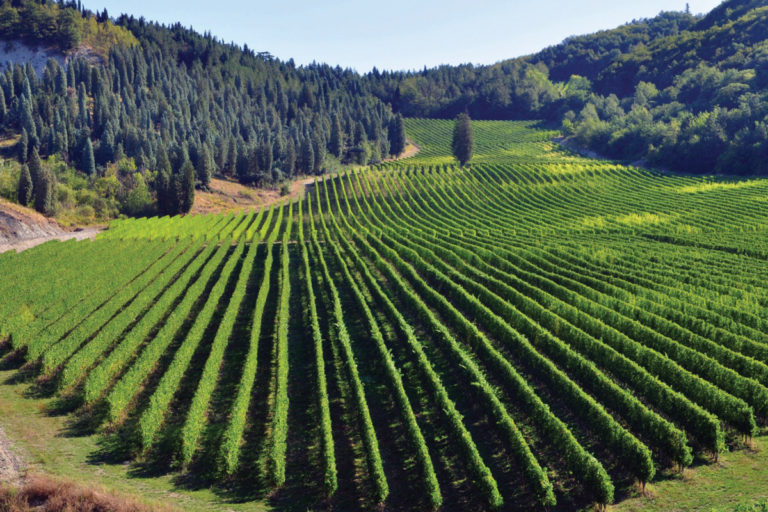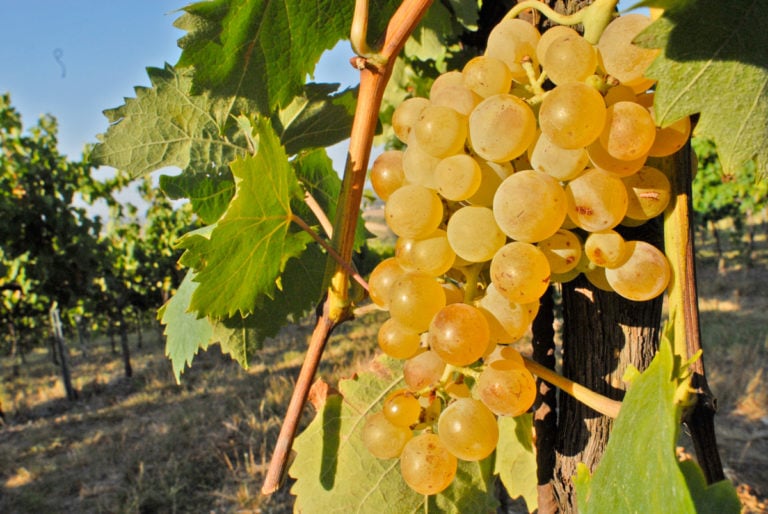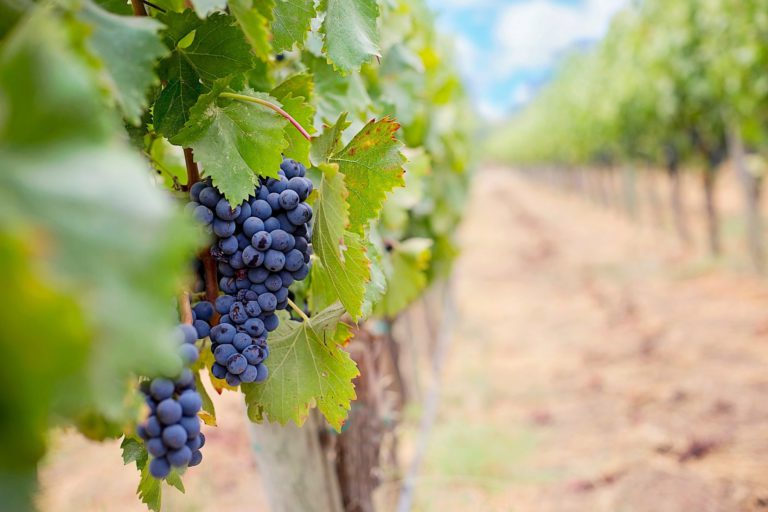“The wine of Emilia-Romagna is, more than any other, a wine of love”
Mario Soldati
After the special episode dedicated to The Wines of Romagna, here we are today to tell you stories, curiosities, and characteristics of the Wines of Emilia, among the most varied and appreciated Italian wines in the world.
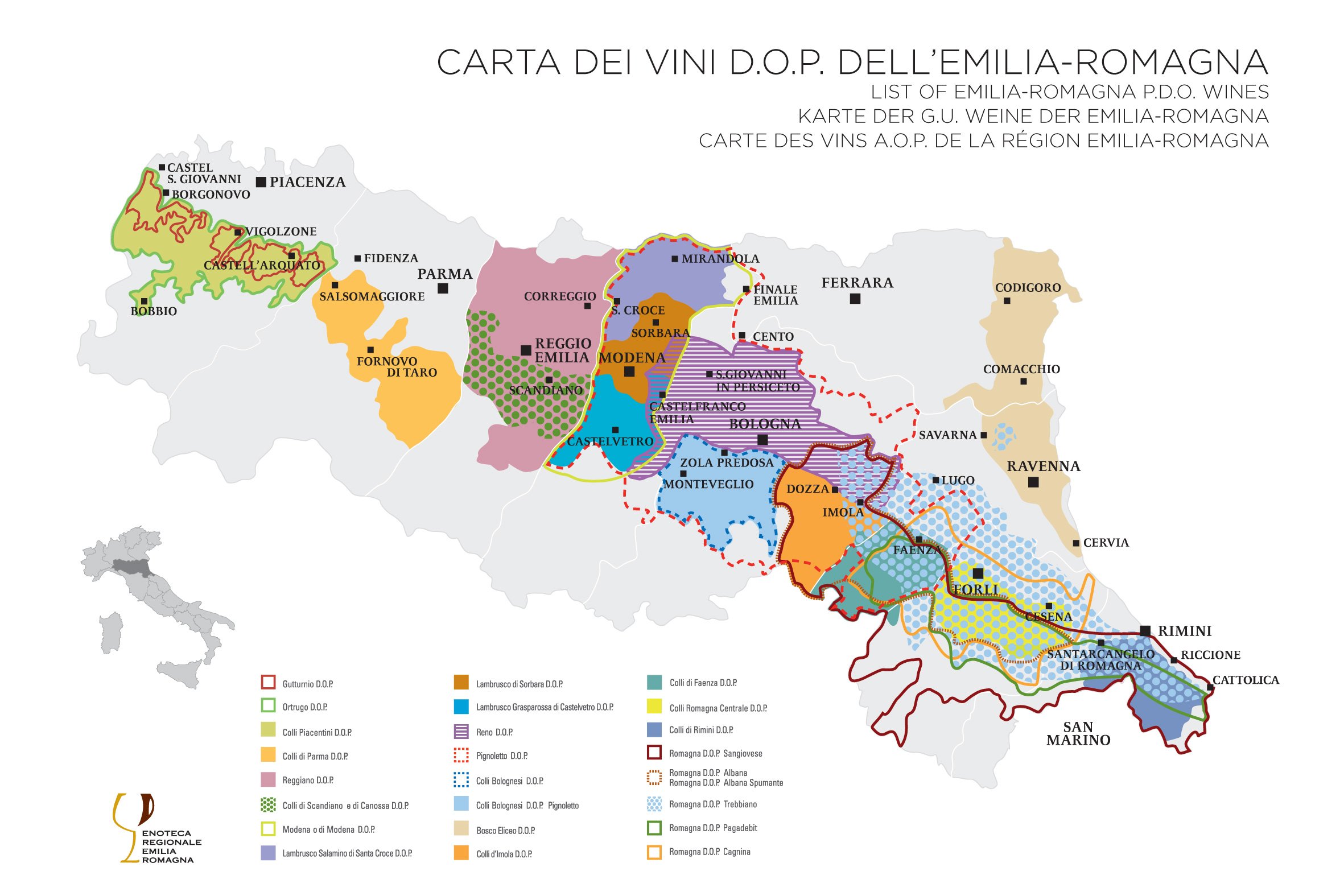
The Emilia region condenses in its territory a summary of all the beauties that can be found in Italy. Softly lying on the right bank of the Po river, the Emilian area incorporates in itself three different climatic and environmental zones (mountain, hills, and plains), separated by ancient cities that have been famous capitals of Italian kingdoms in history.
The wines themselves seem to follow the natural route of the Via Emilia with its succession of different cities, cultures, and territories: from the mixed Barbera to Bonarda cultivated in the Piacenza hills, which derives from the viticultural and enological culture of the Oltrepò Pavese and still reflect the common Monferrato origin, to the Lambrusco, that, especially for the vinification method, are the glory of the Modena province. And then Parma with its noble and haughty character Malvasia, and Reggio whose wine production dates back to the fifteenth century.
Anyone who travels along the Via Emilia and in the Emilia Area in search of the character of its wines will, therefore, have the impression of accomplishing a spectacular journey, divided into predisposed, inevitable and, nevertheless, marvelous and unpredictable stages.
A long sequence of vines and flavors, each belonging to the territory, to the city, and to the history that accompanied it.
Gutturnio
Gutturnio reflects the character of the city of Piacenza, a boundary wine with a Piedmontese, Lombard, and Emilian character.
It has noble and ancient origins and is the result of the mix of two different vines: 60% Barbera and 40% Bonarda. Despite being cited by Cicero as a much-loved wine by the Piacenza consul Lucio Calpurnio Pisone, the name Gutturnio has recent origins; in 1938, in fact, the oenologist Mario Prati decided to name what until the time was known as “Local Wine”, with the name of Gutturnio, which gave him that ancient character.
It is usually served with Piacenza cold cuts, traditional first courses like the Pisarei and fasö, or boiled, braised, grilled meats.
Ortrugo
The Ortrugo is probably one of the many vines that were present in Piacenza area since the pre-Christian era, and in fact, it is one of the few whose vines have survived the harsh climate of the Piacenza valleys and the diseases that have affected the Italian vines over the centuries.
Used in the last century as a “blending” wine, it was with the arrival of the 70s that it began to focus on quality and to produce pure Ortrugo, thanks to its informal, delicate and friendly character of conviviality.
Typical of the Piacenza hills and their characteristic climate, Ortrugo goes well with Piacenza salami, but also to accompany dishes with a flavor that tends to sweet, like pumpkin tortelli. If served fresh it is also excellent paired with fish and shellfish, thanks to a light flavor.
Malvasia
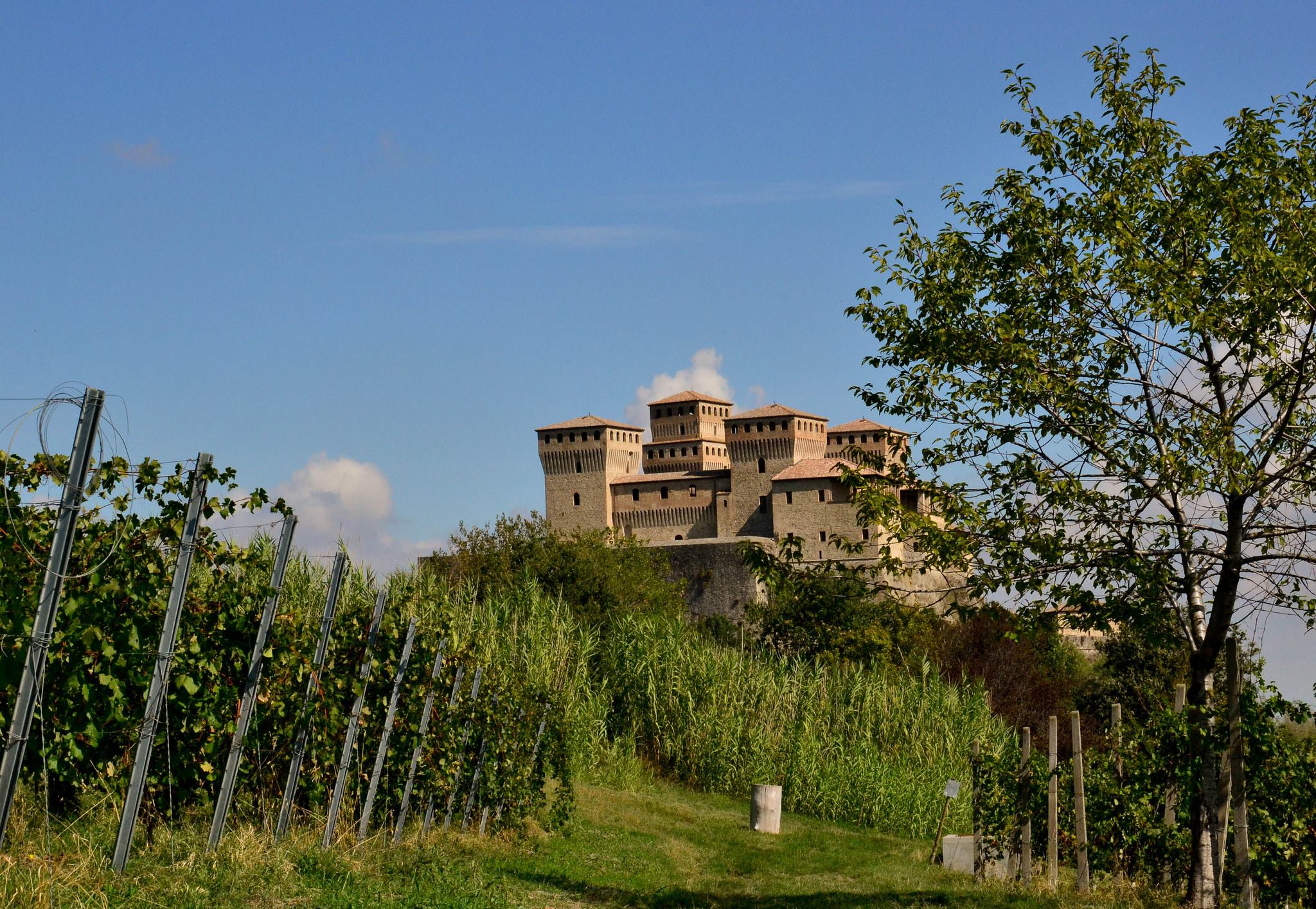
“Drinking sweet wine and unbuttoning itself in the sun: what a sweet thing!”
Who better than Giuseppe Verdi could express the musical and theatrical character of Parma wines?
Sweet or dry, sparkling or still: the Malvasia has a scent that remains imprinted and goes well with some of the most typical products of Emilia Romagna and the Parma area.
Cultivated in many parts of Italy, Malvasia Parmense has nothing to do with the homonymous vines which grow South Italy, although it shares its history. In fact, in ancient times Monemvasia was the name of a vine native to Crete Island, whose fine wines left for the Serenissima Venice Republic. The production of this delicious nectar was characterized by a particular technique, the withering of the grapes in the sun that decreed a marked sweetness.
When the conquest of Crete by the Turks endangered the flourishing wine trade managed by the Venetians in the mid-1500s, these favored the introduction of these vines in Italy and on the main routes that led to the Republic. In parallel, it was called Malvagia, then Malvasia, any wine produced with the technique of withering (for this there are today at least 17 varieties of Malvasia in Italy quite different from each other).
In Emilia, the most scented among Malvasia, the Aromatic of Candia, could be found on the rolling hills of Parma and Piacenza soils rich in clay and temperate climate, ideal for the maturation of its golden clusters.
Malvasia, especially sparkling or sparkling wine, is best enjoyed with light aperitifs, including fish. A delicate selection of fried snacks cannot but enhance this wine with its ancient maritime origins. The firm version can be drunk throughout the meal with delicate dishes. The sweet sparkling Malvasia and the Passito are instead the real musts with donuts, cream cakes, and fruit-based cakes.
Spergola
A typical vine from the Scandiano area, Reggio Emilia, Spergola has roots that date back to the 15th century, when it was mentioned by Bianca Cappello, Grand Duchess of Tuscany and in the course of history, it was also called Pomoria, Pellegrina, Spergolina or Spargolina. It is a very ancient autochthonous vine, and that has been confused with the most famous Sauvignon for a long time. In 2000, an analysis of the DNA of this vine definitively demonstrated the genetic diversity from Sauvignon vines, allowing the registration of Spergola in the National Catalog of Vine Varieties and therefore the inclusion in the DOC Colli di Scandiano and Canossa.
The Spergola vine makes it possible to obtain a white wine that in its sparkling version has a pale straw yellow color with faint greenish reflections, a delicate scent of flowers and green apple and a fragrant taste with good acidity.
As a dry wine, it can be paired, for a perfect Sunday lunch, with appetizers, first courses based on fish, stuffed pasta, light main courses, and cold cuts, or with Parmigiano Reggiano. The sweet version is instead suitable for baked cakes, biscuits, English soup. But the maximum taste, at the end of a family meal, is reached by soaking in this wine a piece of donut.
Lambrusco
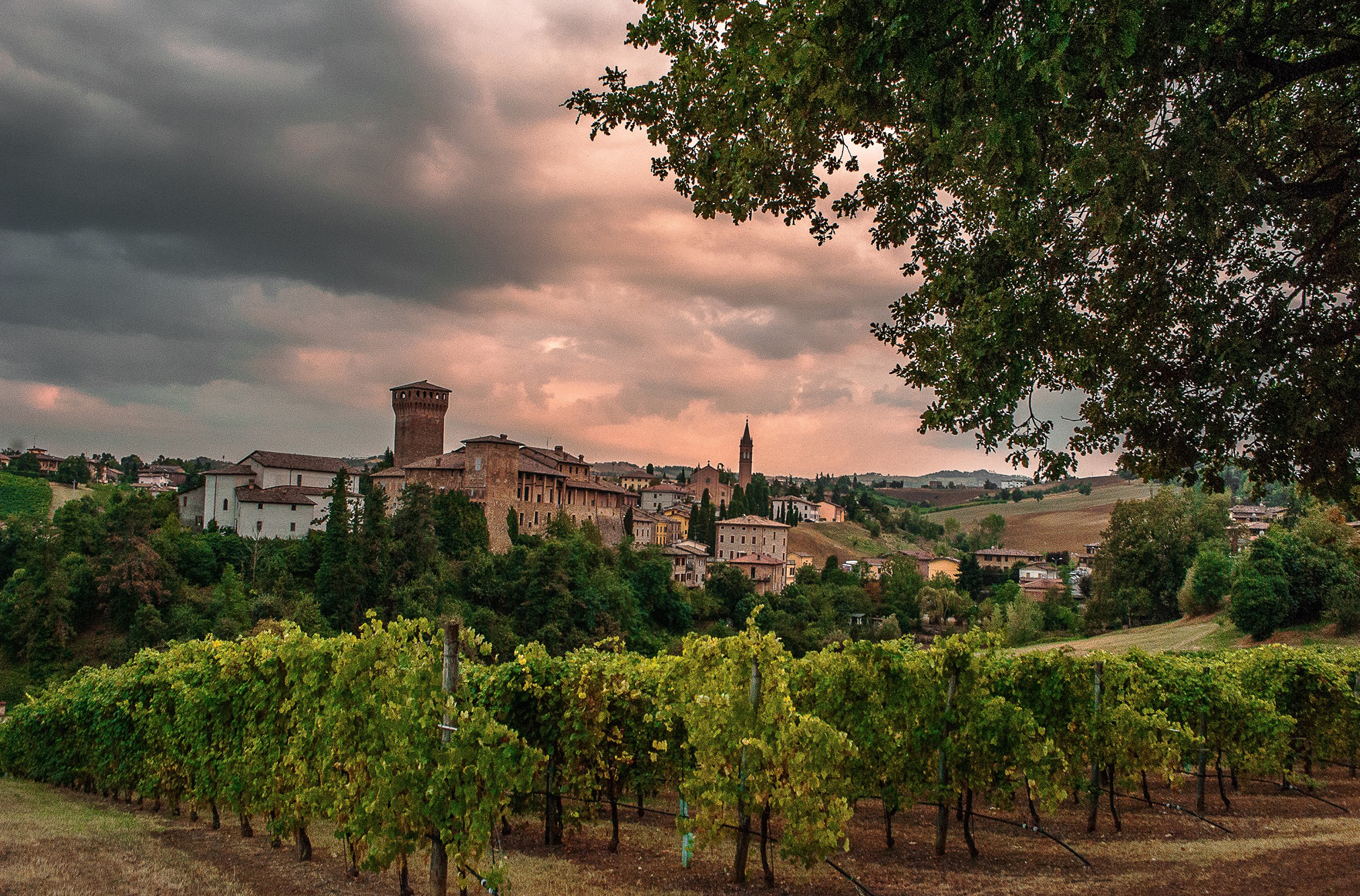
Lambrusco is the most widespread family of vines in the Emilia countryside and its production area extends from the territories of Reggio Emilia and Modena. From these fragrant grapes, a pleasant sparkling wine is obtained, to the point of being the most exported in the world. A commercial success that fully reflects the popularity on site, where the faithful are divided between estimators of the finer Sorbara, the more intense Grasparossa or even the Salamino or Maestri, of the sweet or dry type.
It is perhaps one of the oldest vines in the region, so much so that the name Lambrusco is said to come from the Latin name “labrusca”, which literally meant “that grows uncultivated at the edges of the fields“. Already known in the Bronze Age, as evidenced by the archaeological finds, its particular taste is the result of the change in diet followed by the conquest of Northern Italy by the Longobards.
This semi-nomadic Germanic people spread their way of life in the Emilian territory, in which the breeding of the pig in a semi-wild state played a central role. The foods were no longer cooked in olive oil but in lard, gaining fatness and greasiness; the sparkling wine bubbles, which “cleanse” the palate at every sip, were the enological answer to this evolution of the Emilian cuisine.
Lambrusco gladly marries with the carefree chat to share in front of steaming traditional dishes, such as cotechino, zampone with lentils, or the classic boiled meats, or the many cold cuts that this land offers. Always famous and carefree wine has lent itself over time to different uses, such as the irreverent combination with sparkling toast in the tour of Pavarotti and the jump of the caps of Lambrusco to every success of Gilles Villeneuve and Enzo Ferrari with their Ferrari Formula 1.
Author

Walter Manni
Explorer and Adventurer: loves sailing the oceans, climbing the highest mountains and surfing on the waves of the web
You may also like

Interested in our newsletter?
Every first of the month, an email (in Italian) with selected contents and upcoming events.
